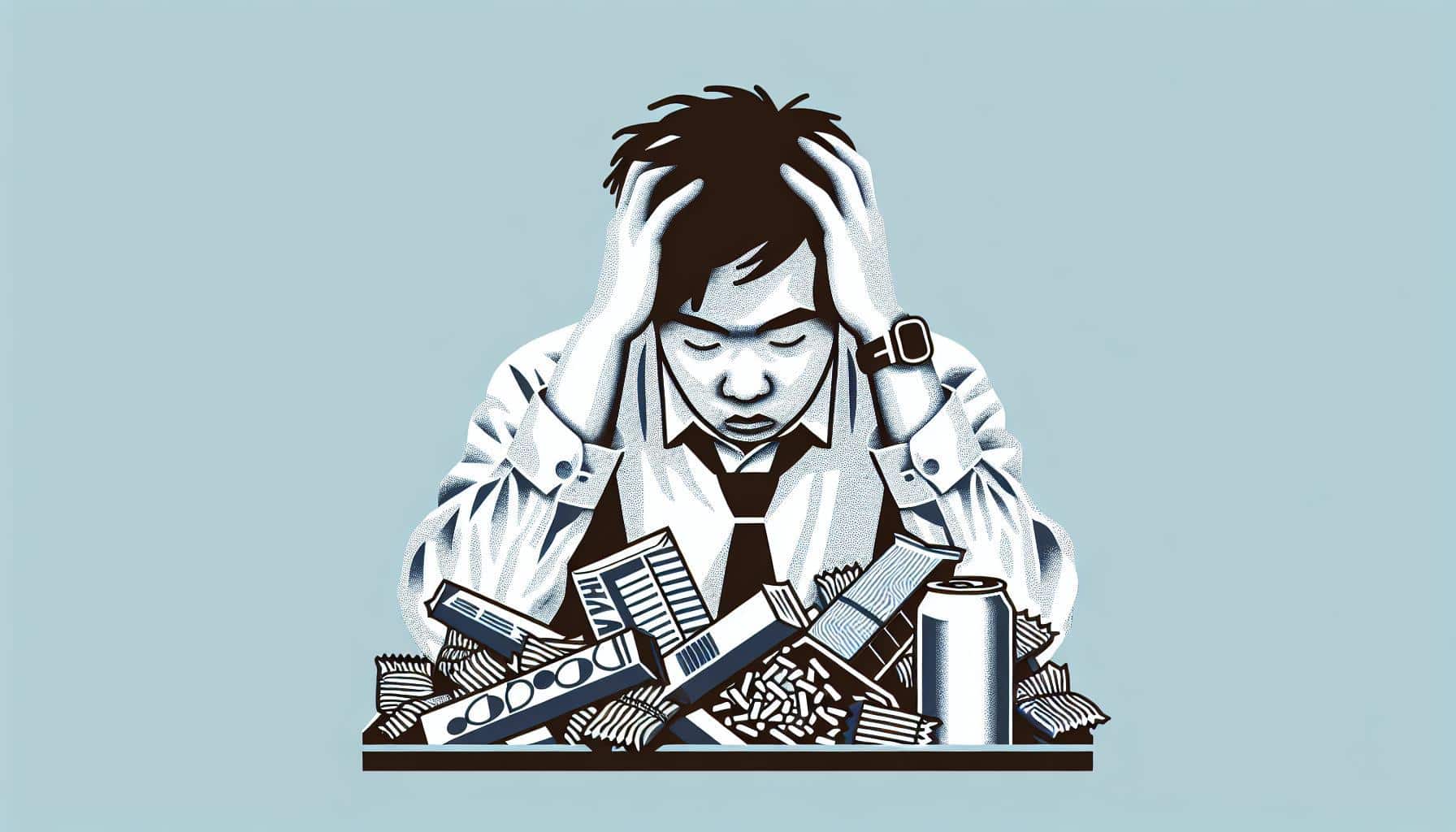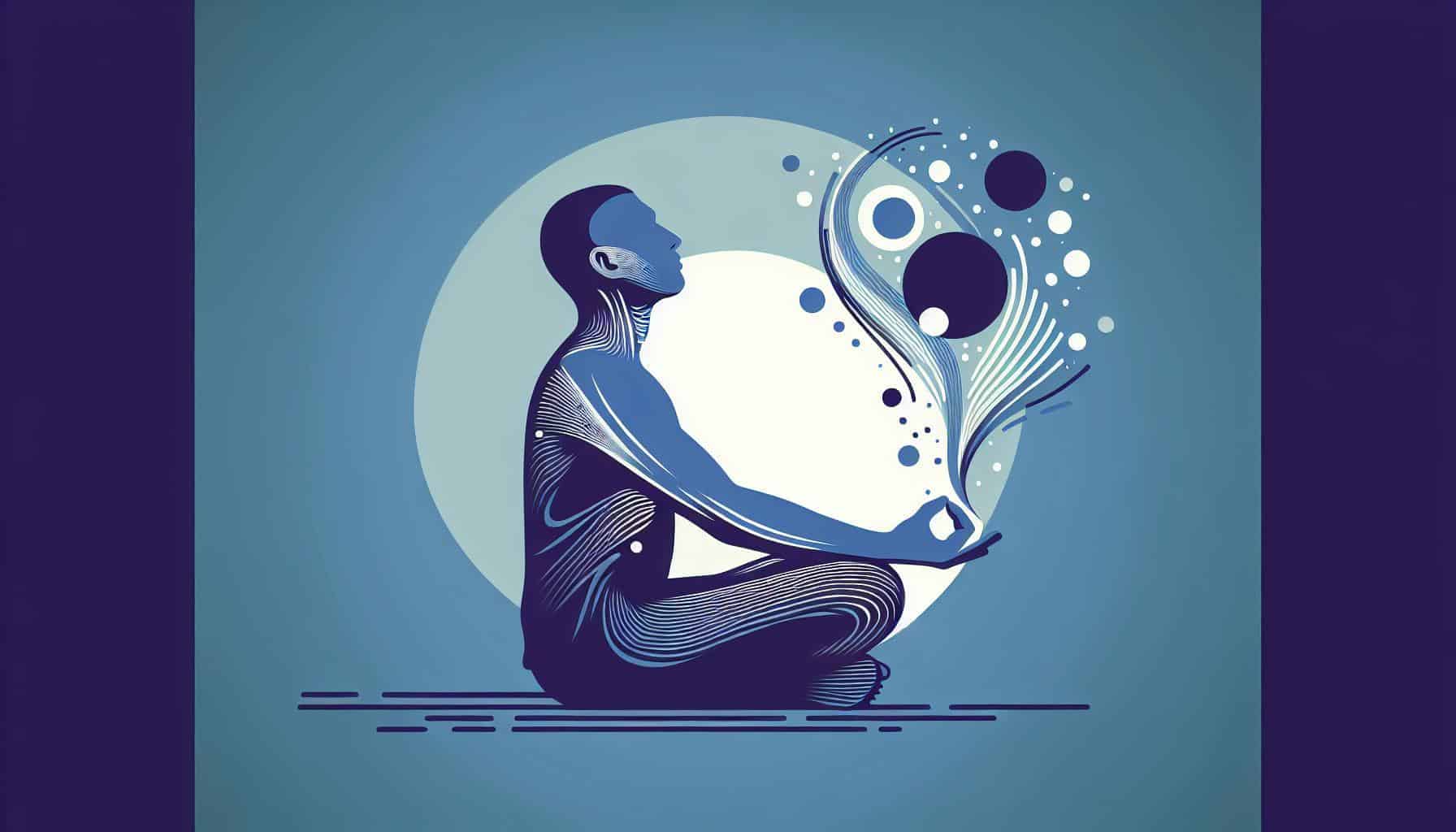How To Get Out Of Survival Mode: Key Techniques for Well-being
Feeling like you’re constantly on edge, as if your body’s stuck in high-alert mode? You’re not alone. Many people experience this fight or flight sensation, trapped in what’s known as survival mode. This relentless state can lead to chronic stress, fatigue, and even burnout.
Recognizing you’re in survival mode is the first step toward reclaiming your calm. It’s a state where your nervous system is dialed up, preparing you for perceived threats, often at the cost of your well-being.
Breaking free from survival mode is essential for your mental and physical health. Let’s explore the signs that you’re stuck in this cycle and, most importantly, how to step out of it and breathe easier.
The Cycle of Survival Mode
You’re caught in a relentless rhythm – wake up, push through, sleep, repeat. This cycle, often powered by the mantra “just one more day,” keeps you trapped in survival mode. Understanding the mechanics of this cycle is your first step to breaking free. It begins innocently, with one stressful event, but quickly cascades into a constant state of alertness.
During a crisis or overwhelming life events, it’s common to prioritize immediate needs over everything else. Your instinct is to forego sleep, self-care, and relaxation in favor of tasks that promise to alleviate pressure. However, this response often creates a dangerous feedback loop.
Here’s how the cycle typically unfolds:
- Stress
- Neglecting Basic Needs
- Temporary Reprieve
- False Security
- Deepening Cycle
Think about this – each cycle is an opportunity to interrupt the pattern. If you’re riding the waves of temporary relief and deeper lows, it’s time for a strategy shift. Recognize that the quiet moments aren’t signs of resolution but rather, short breaks to implement changes.
Stage | Effect |
|---|---|
Stress | Activation of survival instincts |
Basic Needs Neglect | Compound physical and mental health challenges |
Temporary Reprieve | False sense of overcoming the cycle |
False Security | Missed opportunity for true corrective action |
Deepening Cycle | Increasing severity of low points and risk of burnout |
Breaking this cycle involves strategic actions and a commitment to reinvest in your well-being. It’s not about waiting for calm after the storm, but mastering the storm itself. Lean into proven strategies like prioritizing sleep, practicing mindfulness, and seeking professional help if needed. Remember, escaping survival mode isn’t a sign of weakness, but a bold step toward resilience and long-term wellness.
Signs You’re Stuck in Survival Mode
 Realizing you’re in survival mode is the critical first step to breaking the cycle. It’s like an alarm bell signaling that your body and mind need urgent attention. If you resonate with the description of just trying to keep your head above water, day after day, take a moment to assess the signs pointing to this condition.
Realizing you’re in survival mode is the critical first step to breaking the cycle. It’s like an alarm bell signaling that your body and mind need urgent attention. If you resonate with the description of just trying to keep your head above water, day after day, take a moment to assess the signs pointing to this condition.
Your body’s cravings may be the most evident indicator. You might find yourself reaching for foods high in sugar, carbs, salt, or depending on caffeine to power through your day. These cravings are a physiological response to stress, as your body seeks quick energy to prepare for the “fight or flight” scenarios.
Another telltale sign is your energy fluctuation. Do you catch yourself in a cycle of being highly productive, then crashing hard, possibly ending up overeating? This “on and off” pattern is your body’s way of coping with high stress, leading to periods where you feel you have no willpower and can’t maintain a healthy routine.
Perhaps you’ve noticed feeling both wired and tired. It’s a confusing state where even after a full night’s sleep, you wake up weary, especially between the critical recovery hours of 2 and 4 am. Then there’s the sluggishness that envelopes you in the morning, making it hard to kickstart your day.
Physical activities don’t seem to provide the usual vigor they once did. Instead, workouts leave you feeling wiped out with prolonged recovery times. If this is your experience, it could be a sign that your body is struggling to recuperate due to being in a constant state of alertness or survival mode.
Often overlooked, weight gain, specifically around your belly, might be your body’s response to chronic stress. It’s not unusual to accumulate weight in this area as cortisol levels rise during prolonged stress periods, confirming the toll survival mode can take on your physical health.
Understanding these signs helps you identify the moments when your body is pleading for a change. Recognizing them empowers you to begin the journey out of survival mode, towards a healthier, more balanced state of being.
Understanding the Impact of Survival Mode on Health
When you’re stuck in survival mode, your health can take a serious hit. It’s not just about feeling a little off; chronic stress can wreak havoc on your physical and mental wellbeing. Your nervous system goes into overdrive, keeping you in a perpetual state of alertness that’s only meant for short-term threats. Over time, this heightened state can lead to a slew of health issues.
Let’s delve into the ways survival mode can manifest physically. You might notice your energy levels are all over the map. One minute you’re wired, and the next, you’re totally spent. It’s common to experience significant fatigue in the morning, making it tough to start your day. The rigors of survival mode may also undermine your stamina during physical activities, making it harder to keep up your usual pace.
What’s more, survival mode can cause you to crave unhealthy foods, which in turn can lead to weight gain, especially around the belly. That’s because stress hormones like cortisol can stimulate your appetite and change the way your body stores fat.
Mental health also takes a hit. Persistent anxiety, depression, and difficulty handling daily tasks are red flags indicating that your cognitive and emotional landscapes are impacted. The constant strain on your emotions can chip away at your mental stability, making it harder to think clearly and react calmly in stressful situations.
Remember, recognizing these signs is an essential step. It empowers you to start navigating away from survival mode and toward a better balance. Self-care and appropriate coping strategies are vital in helping you release the trapped energy of survival mode and begin the journey toward recuperation and improved health. Prioritizing your health means not just surviving, but thriving.
Strategies to Break Free from Survival Mode
Breaking free from survival mode requires a proactive approach to your mental and physical well-being. It’s about reprogramming your stress response and reclaiming control over your life. Here are a few strategies that can help guide you back to a place of balance and serenity.
Identify Your Triggers: Understanding what sets off your stress response is crucial. Keep a journal to track your moods and the circumstances surrounding moments of heightened anxiety. By identifying patterns, you’ll be equipped to manage or avoid these triggers where possible.
Develop a Self-Care Routine: Self-care isn’t just a buzzword; it’s a necessary tool for combating stress. Craft a routine that includes activities like mindfulness meditation, exercise, and hobbies that bring you joy. Prioritize these activities as non-negotiables in your daily schedule.
Set Boundaries: Establish clear boundaries with work, relationships, and social obligations. It’s okay to say no, and it’s essential to protect your time and energy. Once boundaries are in place, you’ll likely notice a decrease in stress levels and an increase in personal satisfaction.
Seek Support: Don’t face this challenge alone. Talk to friends, family, and professionals who can provide support and guidance. Whether it’s through therapy or simply confiding in someone you trust, external support is a powerful step towards healing.
- Cognitive Behavioral Therapy (CBT): CBT strategies can be incredibly effective. They’re designed to change unhelpful patterns of thinking and behavior. Consider seeking a therapist who specializes in CBT to develop coping strategies tailored specifically for you.
Remember, breaking free from survival mode isn’t about a single, monumental change. It’s about small, consistent steps that lead to significant shifts in your lifestyle and mindset. Focus on progress, not perfection, and give yourself grace as you navigate this journey.
Reclaiming Your Calm: Practical Techniques
 Taking control of your mental and physical state requires practical, actionable strategies that nurture your well-being. Let’s explore how you can implement simple techniques to shift away from survival mode.
Taking control of your mental and physical state requires practical, actionable strategies that nurture your well-being. Let’s explore how you can implement simple techniques to shift away from survival mode.
Firstly, Deep Diaphragmatic Breathing is a cornerstone for cultivating calm. It helps regulate your nervous system, redirecting your body’s energy from panic to peace. You’ll want to schedule short breathing sessions throughout your day – perhaps during breaks or transition times between tasks. Picture your breath as a wave: inhale slowly, let your belly expand, then exhale gently, imagining stress leaving your body.
Another effective tool is Progressive Muscle Relaxation (PMR). This technique centers around tightening and then relaxing different muscle groups. Practice PMR daily, starting from your toes and methodically moving up to your head. The goal isn’t rigidity but relaxed awareness and release of tension.
Additionally, incorporating Exercise and Rhythmic Movement into your routine isn’t just for physical health – it’s a powerful way to ground your mind. Whether it’s going for a brisk walk, dancing to your favorite tunes, or participating in a yoga class, the repetitive action helps soothe your mind and keeps you present.
Lastly, Grounding Exercises, such as the 5-4-3-2-1 sensory activity, can anchor you in the present moment. When overwhelmed, count down five things you can see, four you can touch, three you can hear, two you can smell, and one you can taste. This simple method can rapidly bring you back from the edge of anxiety.
Remember, these techniques work best when practiced consistently. By integrating them into your daily life, you foster resilience and teach your brain to respond to stress with a calmer, more centered approach. Try out different strategies and notice which ones resonate most with you, sticking with them for long-term benefits.
Conclusion
Escaping survival mode is within your reach. By embracing the techniques you’ve learned, you’re setting the stage for a calmer, more resilient you. Remember, it’s the daily commitment to these practices that will pave the way for lasting change. Trust in the power of deep breathing, muscle relaxation, and mindful movement to transform your stress into strength. It’s time to step out of the shadows of survival and into the light of thriving well-being. Your journey to a more balanced life starts now.
Frequently Asked Questions
What does it feel like to leave survival mode?
Leaving survival mode feels like a significant shift from a constant state of high alert to a more relaxed and mindful presence. This change allows for a clearer distinction between a stimulus and your response, paving the way for a more balanced and thoughtful interaction with the world.
Is survival mostly physical or mental?
Survival is predominantly mental, often cited as 10 percent physical and 90 percent mental. It’s the mental strength and willpower that can determine an individual’s ability to endure and adapt to challenging survival situations.
What happens to the brain in survival mode?
When the brain is in survival mode, it becomes overwhelmed, making it difficult to process new information or handle everyday tasks that would normally be straightforward. This state doesn’t imply wrongdoing but indicates stress and the need for coping strategies.
What are the risks of being in survival mode for too long?
Remaining in survival mode for an extended period increases the risk of developing anxiety and depression. This is due to the constant state of high alert that both the body and brain are subjected to in striving to attain a sense of safety.
What is survival mode in ADHD?
In ADHD, the executive functions, akin to a control center, can shut down and enter survival mode under stress. This results in impaired thinking and problem-solving abilities, leading those with ADHD to experience a heightened sense of failure in challenging situations.

